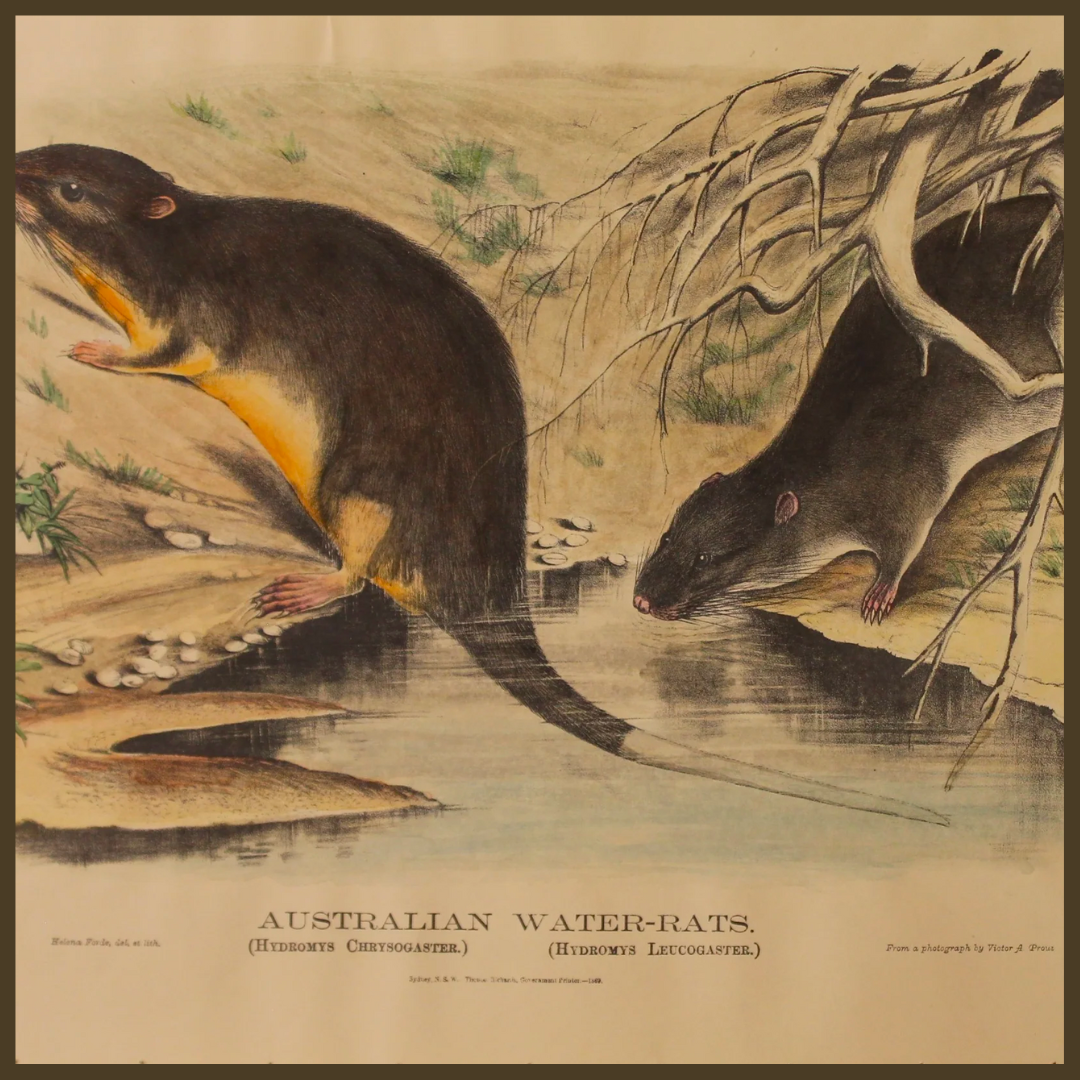
BIOGRAPHY OF CICELY MARY BARKER
Share
Cicely Mary Barker was born on 28 June 1895, the second daughter and youngest child of Walter Barker and his wife, Mary Eleanor Barker at home in Croydon Surrey England. She was an epileptic and cared for at home. A nanny, a governess and a cook were hired to support her upbringing. She spent much time in bed at home amusing herself with painting books and books from the nursery library.
Barker's art education began in girlhood with correspondence courses and instruction at the Croydon School of Art which last until 1940. In time she received a teaching position at the art school.
Her earliest professional work included greeting cards and juvenile magazine illustrations and her first book, Flower Fairies of the Spring, was published in 1923. Fairies became a popular theme in art and literature in the early 20th Century.
In 1923, Barker sent her flower fairy paintings to various publishers. Blackie paid £25 for 24 paintings with accompanying verses, but it wasn't until the publication of Flower Fairies of the Summer in 1925 that Barker received royalties for her work. Mary Violet Clayton Calthrop, wife of author Dion Clayton Calthrop, wrote in April 1925 about Barker and Flower Fairies of the Spring: "She has such exquisite taste, besides draughtsmanship."
In 1924, the family moved into a four-level, semi-detached Victorian house at 23 The Waldrons. Barker had a studio built in the garden and her sister conducted a kindergarten in a room at the back of the house. The family lived frugally and attended both St. Edmund's and St. Andrew's in Croydon – "low" churches for the less privileged. Barker sometimes incorporated portraits of her fellow parishioners in her religious works. She was described by Canon Ingram Hill as "one of the pillars" of St. Andrew's.
The children in the kindergarten modelled for the Flower Fairies until the kindergarten closed in 1940. In an interview in 1958, Barker said, "My sister ran a kindergarten and I used to borrow her students for models. For many years I had an atmosphere of children about me – I never forgot it." She also painted the children of relatives as well as Gladys Tidy, the Barkers' young housekeeper, who posed for the Primrose Fairy in 1923. Barker designed and built the Flower Fairy costumes and based each on the flowers and leaves of the particular plant to be illustrated. The costumes were kept in a trunk in her studio along with wings made of twigs and gauze. Each was broken down after an illustration was completed and the parts recycled for other costumes.
In the late 1920s, Barker began to doubt she was doing enough for the church and considered focusing solely on sacred works. Family and friends recommended she continue secular and sacred works, which she did.
Barker continued to attend evening classes at the Croydon Art School where she held a teaching position. She took sketching trips to Sussex and Cornwall with family and friends.
In 1940, Dorothy Barker closed her school at the back of the house. She died of a heart attack in 1954. Barker was unable to pursue her art to any significant extent following her sister's death, as all the care of her aged mother devolved upon her, but she did manage to begin planning a stained glass window design in her sister's memory for St. Edmund's, Pitlake.
Barker's mother died in 1960, and, in 1961, Barker moved to Sussex, into a maisonette bequeathed by her friend Edith Major, and named it St. Andrew's. After taking up residence, her health began to deteriorate. She was in and out of nursing and convalescent homes and tended by relatives and friends.
Barker died in Worthing Hospital on 16 February 1973, aged 77 years. Two funeral services were held – one in Storrington Church and one in Barker's maisonette. Her ashes were scattered in Storrington churchyard.
Source: Wikipaedia
Related Tag: Fashion Prints



